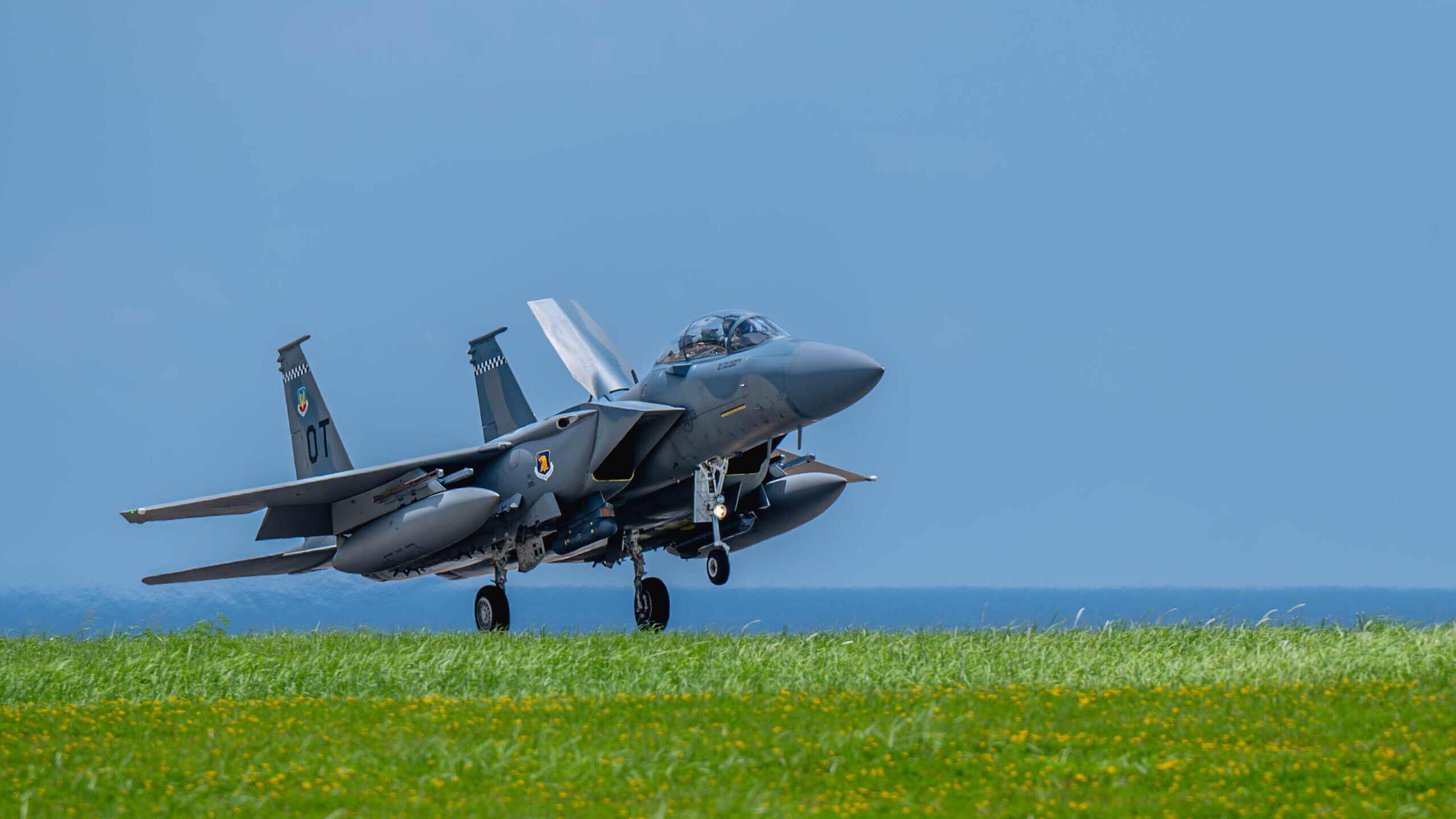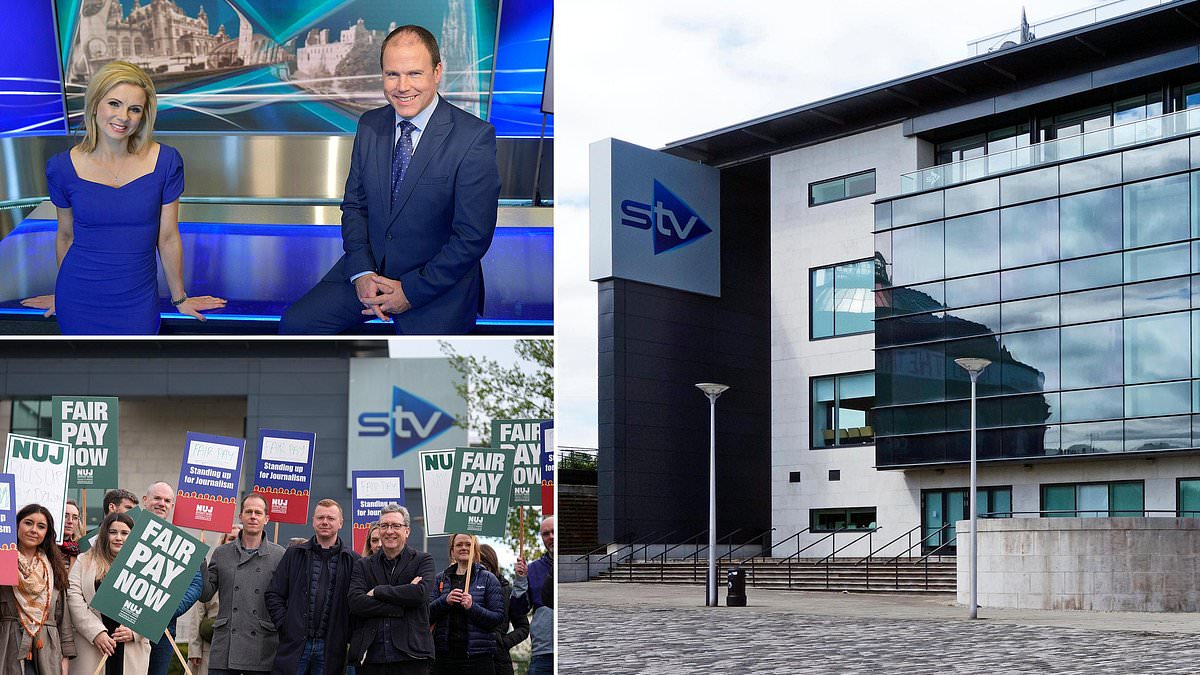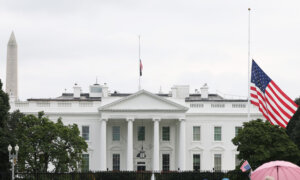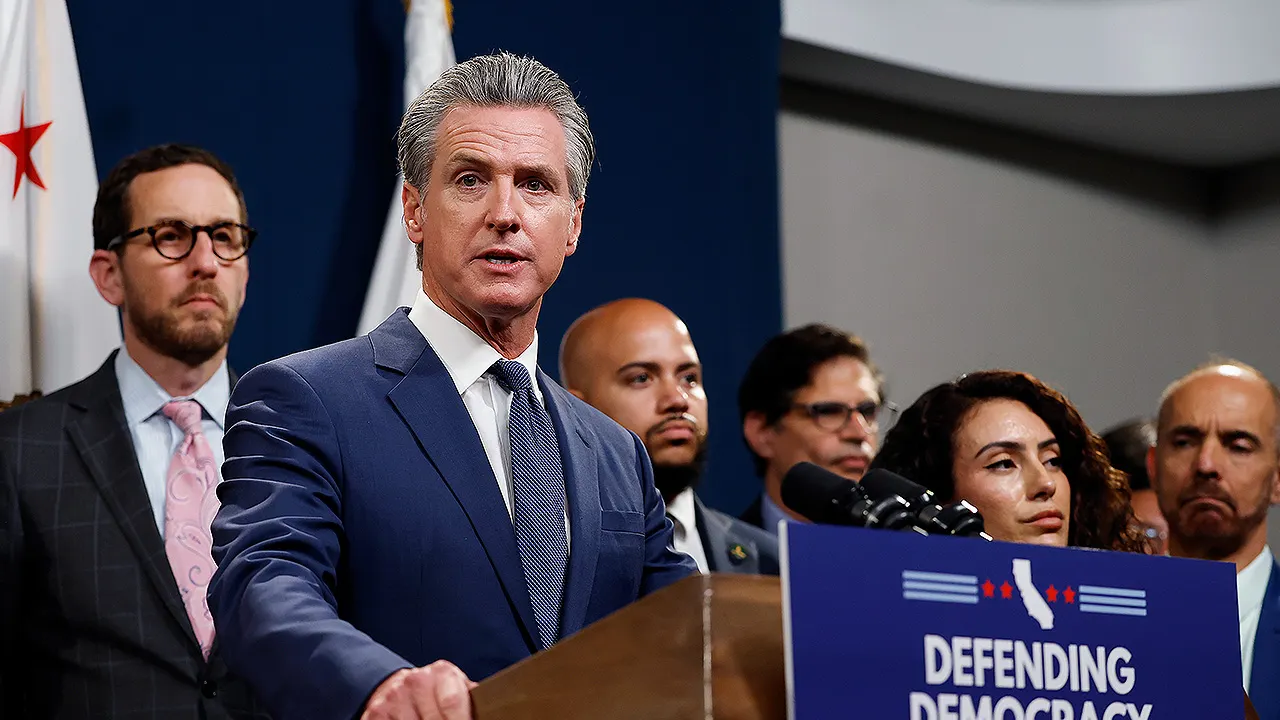
AFA 2025 — With Boeing still at an impasse with its St. Louis-based union almost two months into a strike, the company is in the process of making an unusual move: bringing on permanent nonunion hires to replace them.
About 3,200 members of the International Association of Machinists and Aerospace Workers (IAM) went on strike on Aug. 4, and on Sept. 12 rejected a subsequent contract offer from Boeing. With no date set for Boeing and IAM to come back to the negotiating table, Boeing is interviewing prospective candidates to start taking what were once union jobs, said Dan Gillian, Boeing’s vice president of Air Dominance and senior executive at the St. Louis site.
“We’ve had our first hiring event. We’ve received hundreds of qualified applicants. We’re working through that now,” he said in a Tuesday interview at the Air Force Association’s Air, Space and Cyber conference.
Gillian declined to provide specifics on how many permanent workers it intends to bring on and what jobs it will try to fill first, but said that “we certainly have some areas where we think we can more rapidly bring people online than in other areas.”
“I won’t comment on specific job codes,” he added, “but we do think that based on the protracted nature of the strike, and per our contingency plans, now is the time to be making some of these decisions to begin bringing on additional staff.”
Boeing’s IAM workforce in St. Louis is overwhelmingly focused on its defense business, producing legacy fighters, several aircraft still in their development stages and a portion of its weapons portfolio. Those workers will also build the sixth-generation F-47 fighter, the first of which is currently being manufactured, according to the Air Force’s top general.
Any new hires to the company’s defense unit will join the business at a pivotal moment. Boeing’s defense division has started to show signs of recovery from supply chain and technical challenges that’s cost billions in losses across numerous fixed-price aircraft development programs. At the same time, the company is ramping up production of the F-15EX, sunsetting the Super Hornet line, and standing up production of the F-47, with a sixth-generation Navy fighter contract potentially looming.
The strike also comes as Boeing’s commercial arm refocuses on production quality following a 2024 incident where a door plug blew off the fuselage of a 737 MAX in mid-flight. The National Transportation Safety Board in its investigation found that “Boeing’s failure to provide adequate training, guidance and oversight” of its factory staff ultimately led to the incident, according to an executive summary of the report published in June. (Boeing responded at the time that it regretted the accident and was focusing on improving its safety culture.)
Gillian said that Boeing’s current offer, which includes a 24 percent general wage increase, is a “compelling” deal that “represents a lot of respect” for the workers in St. Louis. However, he added that the company’s previous two-tier wage structure allowed wages to become “out of control relative to the market.”
“I think my teammates should be paid at the very top of the scale. They build airplanes and weapon systems and all kinds of complex things that make sense for them to be paid at the very top of the scale,” he said. At the same time, “I have to balance that with the needs that our customers have and the economics of our business, and I think we’ve done that. And I remain open to talking about how to move things around, but the answer cannot be more.”
Just an hour after the interview, the union held a press conference to discuss the ongoing strike. Informed of Gillian’s comments, Jody Bennett, IAM’s lead negotiator, didn’t mince words.
“Why don’t you ask Dan if they’ve ever presented a deal to a union that they didn’t say was a very good deal? Obviously, anything the company slides across, they’re going to say it’s a very good deal,” he said. “Our membership doesn’t think it’s a very good deal. Matter of fact, they rejected it. … So please feel free to ask him if he’s ever given a final offer in which he said, ‘Hey, you ought to turn this down because it’s not worth a shit.’”
Boeing’s plans to hire permanent workers is damaging its relationship with its workforce, he said, adding that many machinists were considered essential personnel during the COVID pandemic and have years of experience that cannot be replaced by new hires.
“What’s going to happen is they continue to push forward with replacement workers, they’re going to put their product at risk, in my estimation. … It’s hard to find people that can do this work, and when you do get people in and you get them trained, you certainly want to retain their expertise, because they’re very high skilled,” Bennett said. “They’re going to damage the reputation, plus they’re already sending a statement out to our folks by even talking about permanent replacement workers, that a lot of these folks are already talking about looking for other jobs elsewhere, because it’s pretty clear to them that Boeing doesn’t care about them.”
Gillian said that any new employees hired permanently to take over union roles either already have aerospace manufacturing experience or will be trained by Boeing in the skills needed to successfully do the job.
“We won’t compromise on that,” he said. “I also appreciate our partnership with the Defense Contract Management Agency, who is helping with their second set of eyes to make sure that we’re doing things the right way, and I am very confident that the product we’re delivering to our customer meets the highest standard that we have.”
Although both Gillian and Bennett indicated that they are willing to restart negotiations to work out a contract agreement, the path forward remains unclear.
Last week, IAM members ratified their own proposed deal, which was developed without Boeing’s input.
According to Bennett, the union proposal differs from Boeing’s offer in three ways. The proposal keeps wage increases the same as Boeing’s offer, but makes some changes to allow for growth at the top of the pay scale. It increases Boeing’s match on St. Louis workers’ retirement accounts to be at the same level as its union employees in the Pacific Northwest, and it bumps the ratification bonus from $4,000 to $10,000.
Gillian said that from Boeing’s perspective, the union’s proposal is “way beyond the economics of what we put on the table” and “isn’t real” because it was not a result of collective bargaining between the company and IAM leadership.
Impacts To Aircraft Production
During a July earnings call, Boeing CEO Kelly Ortberg downplayed the impacts of a potential strike, saying that one wouldn’t reach the magnitude of last year’s machinist strike in Seattle, which lasted about two months and cost Boeing, its suppliers and its customers about $9.6 billion.
“The order of magnitude of this is much, much less than what we saw last fall. That was roughly 30,000 machinists,” he said. “So we’ll manage through this. I wouldn’t worry too much about the implications of the strike.”
Steve Parker, the chief executive of Boeing’s defense unit, declined to comment Tuesday when asked whether the strike could lead to additional losses on fixed-price defense contracts in Boeing’s third quarter.
Even with the ongoing strike, Boeing has been able to keep deliveries of its Joint Direct Attack Munitions roughly at the same pace they were prior to the strike and has continued to deliver F-15EXs and F/A-18s, with Gillian stating that from the customer’s perspective, those aircraft deliveries are “coming about as expected.”
As part of its contingency plan, Boeing has qualified some of its managers to perform work on the production line and brought on temporary workers “to add capacity,” he said. Nonetheless, the production pace for programs like the F-15EX has slowed.
“Definitely not having everybody at work every day has an impact down throughout the production system on something like an F-15, and through our contingency plans, we’re working to mitigate that as much as possible, and we are able to continue delivering airplanes. I’d say we are slowing our rate ramp increase a bit as a result of that.”
Boeing planned to increase F-15EX production from one to two aircraft a month by the end of 2026, Flight Global reported earlier this year. Asked whether Boeing would be able to keep to that timeline, Gillian said the company would not be able to forecast the timing for the ramp up until the end of the strike.
However, he added that the company has been working to incorporate additional process and engineering improvements during the strike in the hopes of increasing efficiency when workers do return.
“I’m optimistic that those improvements will help me meet those rate ramp requirements in front of me,” he said.



